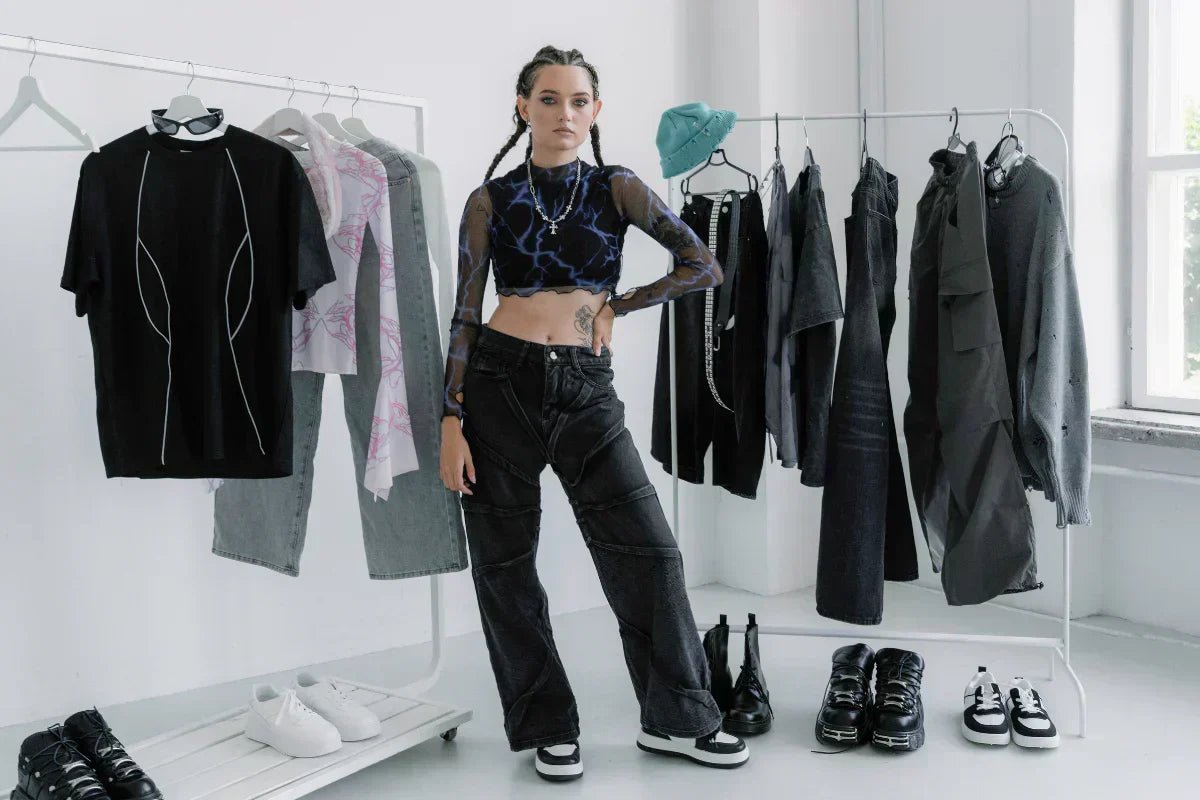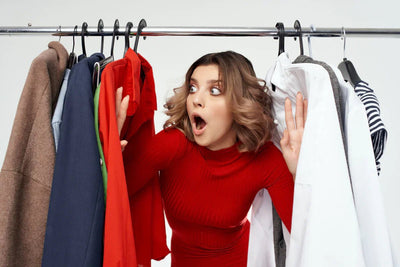
The Truth About Sourcing: Stop Using Alibaba for Clothing (Do This Instead)
Portugal has emerged as a textile powerhouse, offering a rare blend of premium quality, ethical labor, and the crucial flexibility of **Low MOQ (Minimum Order Quantity)** production. This reputation, built on centuries of textile expertise in the regions of Porto and Guimarães, positions Portugal as the definitive alternative to high-risk overseas sourcing models.
The Portugal Advantage: Why European Manufacturing Wins
For fashion brands seeking reliable, high-quality production partners, Portugal is a strategic destination. It offers a transparent, low-risk environment that is highly favored by high-end luxury brands, growing streetwear labels, and sustainable startups alike.
Ethical and Regulatory Excellence
As a European Union (EU) member, Portugal ensures **ethical manufacturing** through strict labor laws, fair wages, and optimal working conditions. This regulatory environment acts as a powerful barrier against the high social and environmental risks prevalent elsewhere.
- Full Regulatory Compliance: Avoids complications with regulations like the EU's General Product Safety Regulation (GPSR) and addresses the forthcoming **EU Forced Labor Ban** (currently under final approval, expected to come into force within the next few years).
- Sustainability Commitment: Manufacturers actively invest in eco-friendly practices like water recycling, low-impact dyes, and energy-efficient operations.
Speed and Logistics
Portugal offers a streamlined supply chain due to its robust infrastructure and geographical position.
- Rapid Transit: Shipping across Europe typically takes **3–5 days** (for parcels/small freight), and logistics to the US East Coast are significantly faster than from Asia.
- Vertical Integration: Many Portuguese facilities handle processes from knitting the yarn to the final stitching and finishing. This vertical control ensures maximum quality assurance (QA) and faster response times, minimizing the high defect rates common with fragmented supply chains.
The Low MOQ Revolution for Startups
The greatest barrier for new apparel founders is the high Minimum Order Quantity (MOQ) barrier, often set at 500–1,000+ units by large international factories. Portugal’s strength lies in its ecosystem of smaller, flexible, family-run facilities that specialize in low-volume orders.
Understanding the Fixed Cost Setup
Factories face high **setup costs** regardless of order size. These include creating the tech pack, translating patterns, calibrating machines, initial quality checks, and **pattern grading** (adjusting sizes from S to XXL). In Asia, these fixed costs are usually hidden within a high MOQ. In Portugal, they are transparently managed through specialized systems.
- Startup-Friendly MOQs: Ready-to-brand blanks, like those used at Athleisure Basics, offer entry-level access at **50–70 units per style**. True custom **cut-and-sew** apparel typically starts around **250–300 pieces per style**.
- Risk Mitigation: This flexibility allows new brands to test new products, colors, and concepts without committing capital to large, untested inventory pools.
The Avoided Costs of Quality
The perceived saving from a low-cost, high-MOQ source is often wiped out by hidden expenses you avoid with a premium supplier:
| Avoided Cost (Savings) | The Problem with Low-Cost Sourcing | The Premium Portugal Solution |
|---|---|---|
| High Returns & Refunds | High rates of defects and poor sizing consistency mean returns **can exceed the industry average of 15–20%**. | Pre-Vetted Networks: Partners prioritize quality assurance protocols, **ensuring far greater consistency** in material weights, stitching, and sizing across batches. |
| Lost Inventory/Dead Stock | Forced to buy 1,000+ units, leaving hundreds unsold if the product flops. | Low MOQs mean you produce only what you sell, freeing up cash flow for marketing. |
| Logistical Nightmare | Costly and complex returns from overseas are often financially prohibitive, with sea freight typically taking **10–21 days (2–3 weeks)**, depending on route and customs. | Transparent, compliant shipping and superior QA eliminate the reliance on costly, complex international dispute processes. |
The Perils of Overseas Sourcing: A Costly Lesson in Risk
The cautionary tales of trying to replicate success by chasing the manufacturers behind major brands (like Represent or Fear of God Essentials) often lead to months of wasted effort and bad products. Large manufacturers refuse low-volume clients due to high fixed costs and a lack of proven track record.
(Move directly to the low-risk solution and start building your brand correctly. Explore the foundation of quality and ethical manufacturing here: The Definitive Guide to Small Batch Clothing Production in Portugal)
Defining Premium: Fabric Technology and Compliance
Quality in the **private label streetwear** and **athleisure** market is dictated by technical standards, not marketing. Portuguese manufacturing excels in materials science and rigorous quality control.
Sustainable Material Certifications
Reliable material sourcing requires verifiable proof. These certifications are your assurance of quality and ethical sourcing:
- GOTS (Global Organic Textile Standard): The leading standard for textiles made from organic fibers. It covers the entire supply chain, prohibiting the use of harmful pesticides and ensuring ecological and social criteria are met from farm to factory.
- OEKO-TEX® Standard 100: Certifies textiles are tested and verified free from harmful substances at every stage of production. This certification is crucial for materials coming into the EU and the US market.
The Science of Structure: GSM and Performance
Fabric construction determines durability, drape, and perceived luxury. When sourcing for your collection, focus on these metrics:
- GSM (Grams per Square Meter): This metric measures fabric density. Premium hoodies often fall into the **Heavyweight** category of **400–450 GSM**. Luxury pieces, like premium **oversized hoodies** (find yours here), should target **450+ GSM** for ultimate structure and longevity.
- 3-End Fleece Construction: This advanced knitting technique uses three yarns instead of the standard two, creating a loftier, thicker fabric. While a **strong indicator of premium quality**, brands also rely on high-grade French Terry and loopback materials for performance. (For a technical deep dive into material science, read: Defining Premium Quality: GSM, 3-End Fleece, and Fabric Selection for Luxury Blanks)
Seamless Integration to Your Product Line
The versatility of the Portuguese network allows you to build a full, complementary collection:
- Source performance knits and technical fabric blends for your activewear, including leggings and technical joggers.
- Design structured **oversized T-shirts** and minimalist tops (explore our T-shirt blanks) using high-GSM organic cotton for superior shape retention.
Frequently Asked Questions (FAQ)
-
Why is Portugal the better choice compared to Asia?
Portugal offers **consistent quality** supported by strictly enforced **EU guidelines** (e.g., REACH, labor laws), certifications like **OEKO-TEX** and **GOTS**, and **superior product quality**. You also benefit from greater flexibility in materials and better customer service in case of product issues.
-
How can I ensure quality products?
Most companies like Athleisure Basics provide the service of quality control before shipping. Personal factory visits or video calls are excellent options to check on product quality yourself. *(This is also confirmed by third-party audits before transport.)*
-
What is the standard process for a custom clothing inquiry?
The standard custom process involves a sequence of stages to ensure accuracy:
- **Tech Pack:** Detailed document defining all specifications, measurements, and materials.
- **Sourcing:** Finding and confirming the ideal fabric, trims, and components.
- **Sampling:** Producing the physical prototype for fit and construction validation.
- **Approval:** The client confirms the sample meets all requirements for quality and design.
- **Production:** Bulk manufacturing begins in the designated facility.
- **Quality Control:** Defect inspection, strength testing, and final checks are performed.
- **Labels and Packaging:** Custom branding, including main labels, hangtags, and custom packaging, is applied.
- **Transport and Delivery:** Shipping the final goods to your warehouse or distribution center.
-
For what services does Athleisure Basics offer solutions?
We are a full-service agency and offer everything from initial concept consultation and design development to quality control, logistics, and final delivery, managing your entire supply chain seamlessly.
-
What are my options for custom clothing in Portugal?
You can choose from: **Customizable Blanks** (pre-made garments ready for branding), specialized **White Label Collections**, or full **Custom Cut-and-Sew** apparel (built from scratch). In addition, we provide fully customizable branding options, including custom Pantone matching, hangtags, and care labels.
Ready to Build Your Brand Safely?
Stop risking your capital on unverified sources. Partner with Portugal’s leading low-MOQ network for guaranteed quality and ethical production.
Start Your Free Consultation Now →



Leave a comment
This site is protected by hCaptcha and the hCaptcha Privacy Policy and Terms of Service apply.